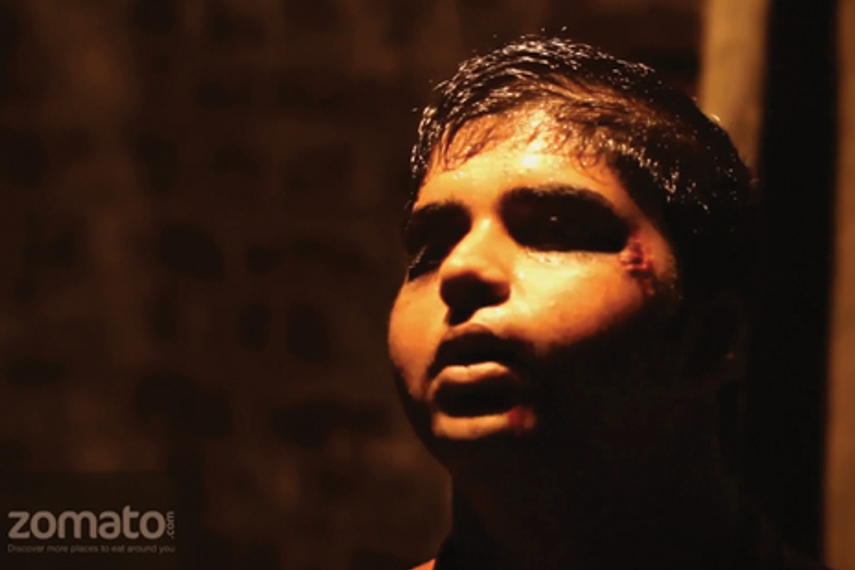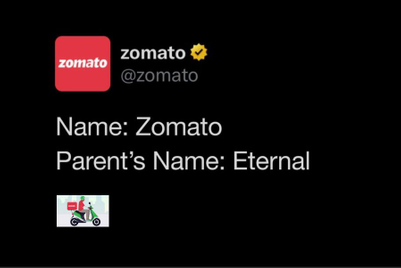
The consumer has changed. So has their role from one-dimensional buyer to communicator, influencer, curator and collaborator. As social media gains currency, user-generated content is on the rise. One such platform that has emerged out of this is ‘crowdsourcing’. In simple terms, a brand engages the audience to create or ideate ads for them.
1. Crowdsourced ads don’t just help ideate and creative, they enhance interactivity with the target group. The platform allows the customer base to create ads for a particular brand. Since talking down to consumers does not work anymore, crowdsourcing has spun the game of advertising. It allows the masses to contribute to and even create relevant content for campaigns and initiatives. The ad creation on this platform has various processes including creating the challenge, inviting the TG for generating ideas, sorting the best ideas, and finally, creating a finished ad.
2. The platform is on its way to become the next big thing in the advertising world, say some. Online restaurant guide Zomato had initiated a crowdsourced campaign in July 2012. Interested participants had to submit their take on what the company should say to viewers. The TVC followed Zomato’s “20tomillion” crowdsourcing campaign for the competition. Commenting on the platform, Deepinder Goyal, founder and chief executive officer, Zomato.com, had said, “At Zomato, we always believe that our users know best. In the recent past, we ran a campaign where we asked our users to blog us their feedback about Zomato.com – it was a smash hit for us and we got invaluable feedback and product iteration ideas from users. On a much bigger scale, we now wanted our users to create innovative TV ads for us and hence we applied the same crowdsourcing logic to this campaign as well.”
3. In 2013, automobile major Hyundai India unveiled the last leg of its ‘writeuri10story’ campaign that was rolled out in January featuring brand ambassador Shah Rukh Khan. In the first part of the campaign, the company launched a contest inviting audiences to write their own i10 television commercial. The company promoted the idea on a specially created virtual space www.writeuri10story.com. Three commercials announcing the contest offered the winner an opportunity to act in the TVC along with Khan. On the TVC, Saurabh Dasgupta, executive creative director, Innocean Worldwide, explained, “We had created three films in the lead up. We wanted the creatives to be done by the real owners. So we switched from the agencies to consumers, intenders, lovers and appreciators of the car to create the commercial for the brand. We got them to tell us what they should be like.”
4.Talking of participation from the TG in such initiatives, Pramod Rao, vice president, marketing, Zomato.com, had noted, “We got over 90 submissions of which we shortlisted seven TVCs.” Blamed occasionally for disrupting traditional advertising, crowdsourced ads are perhaps more effective beyond traditional advertising platforms, contend some. Naresh Gupta, managing partner and CSO, Bang in the Middle, adds, “They work on mobiles, on video sharing platforms, on social networks etc. In the near term, the traditional model will not face an issue. But in the slightly long term, the conventional model will need to adapt.”
5. On the new fad becoming the next big thing, Gupta says, “The whole crowd sourcing thing is a new fad that the brands have to experiment with to sound cool. Brands are increasingly using bloggers to generate content, spread the word, create conversations, add to the paid media effort. But very few have made it successful in mainstream media. Like Maggi for instance in India. There are rarely brands that have come to doing this in a sustained way to create the difference. Actually, the most successful crowdsourced brand is Rajnikanth.” He further cautions, “Either embrace it completely with all the issues it comes with or don’t do it. Letting go of control is difficult for brands to do, that is what you do when you crowdsource. My advice: do it.”
What it means for…
Brands/Marketers
- Engagement with TG
- Cost-effective content creation
- Increase in brand awareness
Advertising agencies
- Undermines role as brand ideator and arbiter
- Platform to gather ideas across various regions, languages and age through collaboration


.jpg&h=334&w=500&q=100&v=20250320&c=1)
.jpg&h=334&w=500&q=100&v=20250320&c=1)


.jpg&h=334&w=500&q=100&v=20250320&c=1)

.jpg&h=334&w=500&q=100&v=20250320&c=1)


.jpg&h=334&w=500&q=100&v=20250320&c=1)

.jpg&h=268&w=401&q=100&v=20250320&c=1)



.jpg&h=268&w=401&q=100&v=20250320&c=1)
.jpg&h=268&w=401&q=100&v=20250320&c=1)
.jpg&h=268&w=401&q=100&v=20250320&c=1)
